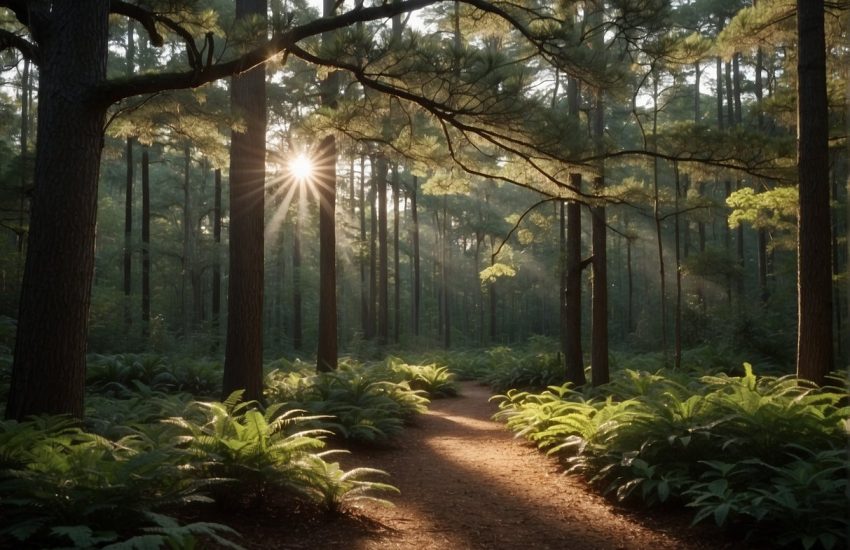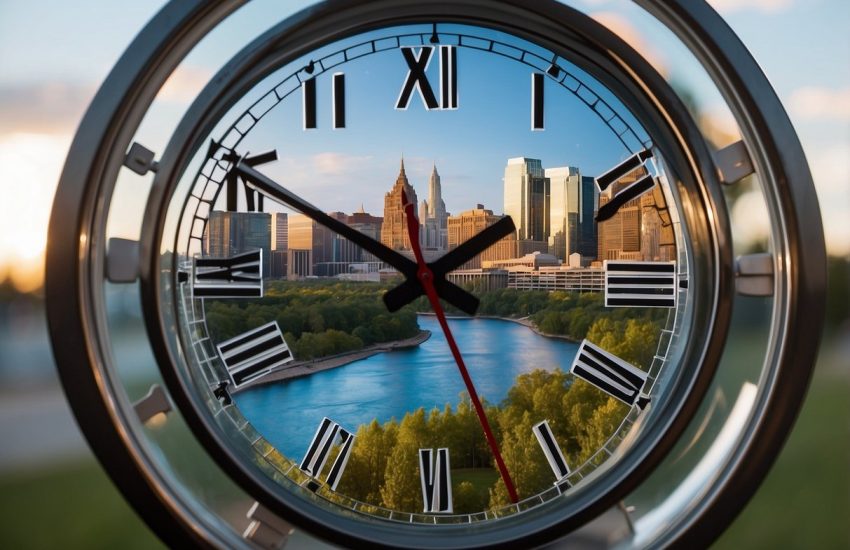Plants That Look Like Hydrangeas: A Guide to Similar Blooms
Hydrangeas are a popular choice for gardeners due to their large, showy blooms and ease of care. However, they may not be suitable for all gardens or climates. Luckily, there are several plants that look like hydrangeas and can provide a similar aesthetic without the same growing conditions.

One such plant is the Japanese snowball (Viburnum plicatum). This shrub produces clusters of white flowers that closely resemble hydrangeas, especially the mophead variety. Another option is the snowball bush (Viburnum opulus ‘Roseum’), which has large, spherical clusters of white flowers that are strikingly similar to hydrangeas.
Other plants that look like hydrangeas include the butterfly bush (Buddleja davidii), which has similar flower structures and bundles, and the European cranberry bush (Viburnum opulus), which has flowers and a shrub that resemble hydrangeas. Gardeners may also consider the mountain laurel (Kalmia latifolia), which has rose-colored flower cones that look like hydrangeas, and the crape myrtle (Lagerstroemia indica), which has similar flower colors and shapes.
Popular Hydrangea Look-Alikes

There are several plants that resemble hydrangeas in appearance, making them great alternatives for those who want the hydrangea look without actually planting hydrangeas. Here are some of the most popular hydrangea look-alikes:
Viburnum Varieties
Viburnum varieties are popular hydrangea look-alikes due to their similar flower structure and appearance. The European cranberry bush (Viburnum opulus) and the Chinese snowball shrub (Viburnum macrocephalum) are two of the most popular viburnum varieties that resemble hydrangeas. The snowball bush has large, spherical clusters of white flowers that look similar to hydrangeas, while the Chinese snowball shrub produces far more flower heads each spring. Viburnum species can grow in full sun or partial shade, and they are deciduous shrubs.
Rhododendron Relatives
Rhododendrons and azaleas are also popular hydrangea look-alikes due to their similar flower structure and appearance. The mountain laurel (Kalmia latifolia) and lilac (Syringa vulgaris) are two of the most popular rhododendron relatives that resemble hydrangeas. Mountain laurels have rose-colored flower cones that look like hydrangeas, while lilacs have large, showy flower clusters that resemble hydrangeas. Rhododendrons and azaleas prefer partial shade and acidic soil.
Other Flowering Shrubs
Other flowering shrubs that resemble hydrangeas include butterfly bush (Buddleja davidii) and spirea (Spiraea). Butterfly bush has similar flower structures and bundles as hydrangeas, while spirea shrubs have showy flower clusters that resemble hydrangeas. Both butterfly bush and spirea prefer full sun and well-draining soil.
Overall, there are several popular hydrangea look-alikes that can be used to achieve the look of hydrangeas without actually planting them. Whether you prefer viburnum varieties, rhododendron relatives, or other flowering shrubs, there is a hydrangea look-alike that will work for your garden.
Cultivation and Care

Planting and Sunlight Requirements
Hydrangeas are relatively easy to grow and care for. They thrive in full sun to light shade and prefer acidic, rich soil that is well-draining. When planting hydrangeas, make sure to dig a hole that is two to three times wider than the root ball, but no deeper than the root ball. This will ensure that the plant is properly anchored and has enough room to grow.
When it comes to sunlight, different hydrangea varieties have different requirements. Bigleaf hydrangeas prefer partial shade, while oakleaf hydrangeas can tolerate full sun. Hydrangea paniculata, on the other hand, can grow in full sun to partial shade. It is important to choose the right location for your hydrangeas based on their specific sunlight needs.
Companion Planting and Landscaping
Hydrangeas can be paired with a variety of companion plants to create a beautiful and cohesive landscape. Some popular companion plants for hydrangeas include peonies, coral bells, hostas, ferns, and ornamental grasses. These plants can provide contrasting textures and colors that complement the hydrangea’s blooms.
When landscaping with hydrangeas, it is important to consider their size and growth habit. Hydrangeas can grow quite large, so it is important to give them enough space to grow and thrive. They can also be used to create a focal point in the garden or to add height and dimension to a border.
Maintenance and Seasonal Care
Hydrangeas require regular maintenance and seasonal care to ensure that they stay healthy and bloom to their fullest potential. Watering is important, especially during hot and dry weather. Hydrangeas prefer moist soil, but they do not like to be waterlogged. Mulching can help to retain moisture and regulate soil temperature.
Pruning is also important for maintaining the health and shape of the plant. Deadheading spent blooms can encourage new growth and prolong the blooming season. Fertilizing can also help to promote growth and blooms, but it is important to use a fertilizer that is specifically formulated for hydrangeas.
In conclusion, with the right care and attention, hydrangeas can be a beautiful and rewarding addition to any garden. By following these simple tips, you can ensure that your hydrangeas thrive and bloom to their fullest potential.


